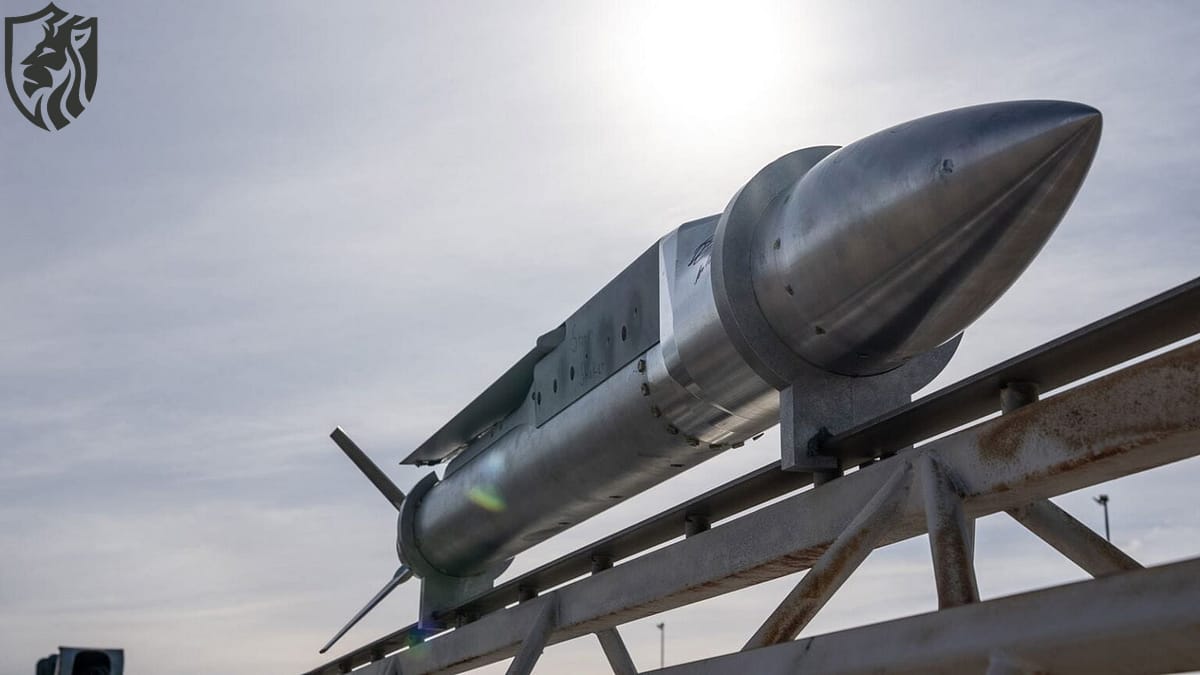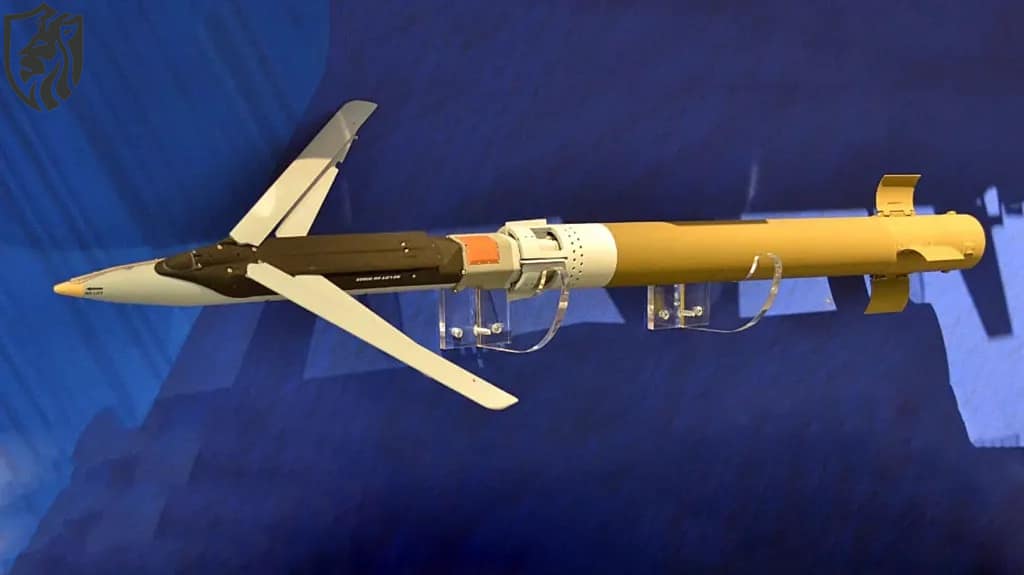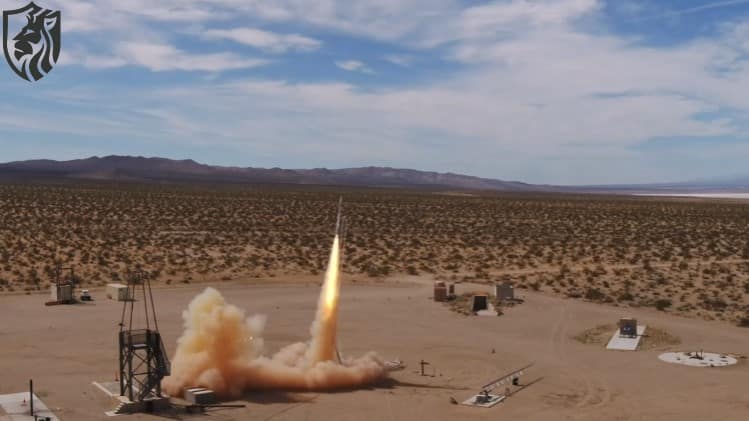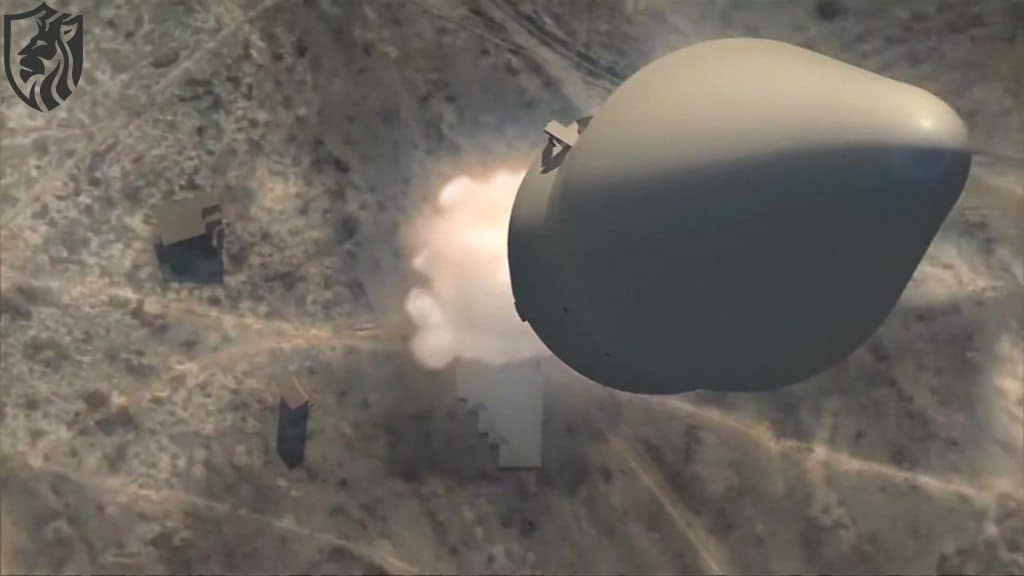
Ground-Launched StormBreaker — Rapid Precision Strike
Why Ground-Launched StormBreaker matters now
Ground-Launched StormBreaker brings air-delivered smart-weapon finesse to land forces. It answers the demand for rapid, precise, all-weather fires. Crucially, Ground-Launched StormBreaker supports operations in GPS-contested zones.
Raytheon built the first prototype in just 50 days. Therefore, Ground-Launched StormBreaker demonstrates a compressed innovation cycle for urgent needs. The debut shot used a commercial off-the-shelf rocket motor and climbed to ~20,000 feet.
From air-launched pedigree to land-based punch
The air-launched StormBreaker already equips F-15E and F/A-18E/F fleets. It is also integrating onto F-35A/B/C. Consequently, Ground-Launched StormBreaker inherits a mature seeker, interfaces, and datalink.
This heritage shortens risk and time to field. Moreover, Ground-Launched StormBreaker promises extended range from land, with an expanded target set mirroring the air-launched variant.

Designed for GPS-challenged fights
Modern battlefields are saturated with jamming, spoofing, and obscurants. Accordingly, Ground-Launched StormBreaker leans on a tri-mode seeker. It fuses millimetre-wave radar, imaging infrared, and semi-active laser.
The three modes cross-cue and share tracks in real time. Thus, Ground-Launched StormBreaker can prosecute moving or stationary targets day or night, in dust, smoke, rain, or sea clutter.
Key performance notes at a glance
Ground-Launched StormBreaker carries the same core brain as the air-launched round. However, the ground variant adds land-launcher concepts for mobile fires.
- Altitude milestone: ~20,000 feet during the initial test.
- Rapid development: concept-to-flight in under two months.
- Seeker: MMW radar, IIR, and SAL with data fusion.
- Reach: air variant flies 45+ miles to hit mobile targets; the ground variant is being profiled for extended land-based ranges.
- Network-enabled: cooperative targeting and retargeting in flight.
Therefore, Ground-Launched StormBreaker offers brigade-level precision with fighter-grade sensors.
Target sets and mission roles
Ground-Launched StormBreaker addresses time-sensitive targets across land and littoral battles. It engages armoured vehicles, artillery, air-defence emitters, fast attack craft, and logistics nodes.
Because the seeker can autonomously classify movers, Ground-Launched StormBreaker thrives where obscurants blind traditional optics. It pairs well with ISR feeds, ground designators, and airborne cues.
Composability and rapid iteration
Raytheon calls StormBreaker “composable.” In practice, that means modular components and software-defined behaviours. Consequently, Ground-Launched StormBreaker can adapt to varied launchers, payload options, and CONOPS.
This approach is vital as armies shift to distributed fires. Ground-Launched StormBreaker can fit into truck, pallet, or modular pod concepts. Moreover, open interfaces support coalition employment and future sensors.

Survivability and crew risk reduction
Stand-off reach keeps crews away from counter-battery threats. Additionally, Ground-Launched StormBreaker can prosecute fleeting movers quickly, reducing the number of shooters in the danger area.
Because the weapon is small, forces can carry more ready rounds. Therefore, Ground-Launched StormBreaker helps saturate target arrays without committing many aircraft or launchers.
Integration and logistics advantages
Ground-Launched StormBreaker leverages existing production, test data, and training assets. Hence, sustainment can scale faster than a clean-sheet land munition. The common seeker stack eases diagnostics and software updates.
For joint users, Ground-Launched StormBreaker aligns with existing TTPs for laser designation, datalink cueing, and battle management. Consequently, commanders gain a cross-domain strike option with familiar workflows.
2025 test path and what to watch
Raytheon plans additional tests through 2025. Expect envelope expansion, seeker stress in degraded weather, and moving-target shots. Ground-Launched StormBreaker should also trial different booster options and launcher formats.
As these events progress, watch for incremental range data, time-to-fire metrics, and networked engagement demonstrations. Therefore, Ground-Launched StormBreaker is on a measurable glidepath to an operational land-based capability.
Strategic implications for land forces
Ground-Launched StormBreaker blurs lines between close support and deep fires. It gives ground units a fighter-like sensor package at the edge. Moreover, it supports kill chains when GPS is unreliable and weather is hostile.
For coalition planners, Ground-Launched StormBreaker offers a scalable, export-friendly architecture. It integrates with aircraft, surface forces, and maritime patrols. Thus, it underpins joint, all-weather targeting at lower cost per effect.







